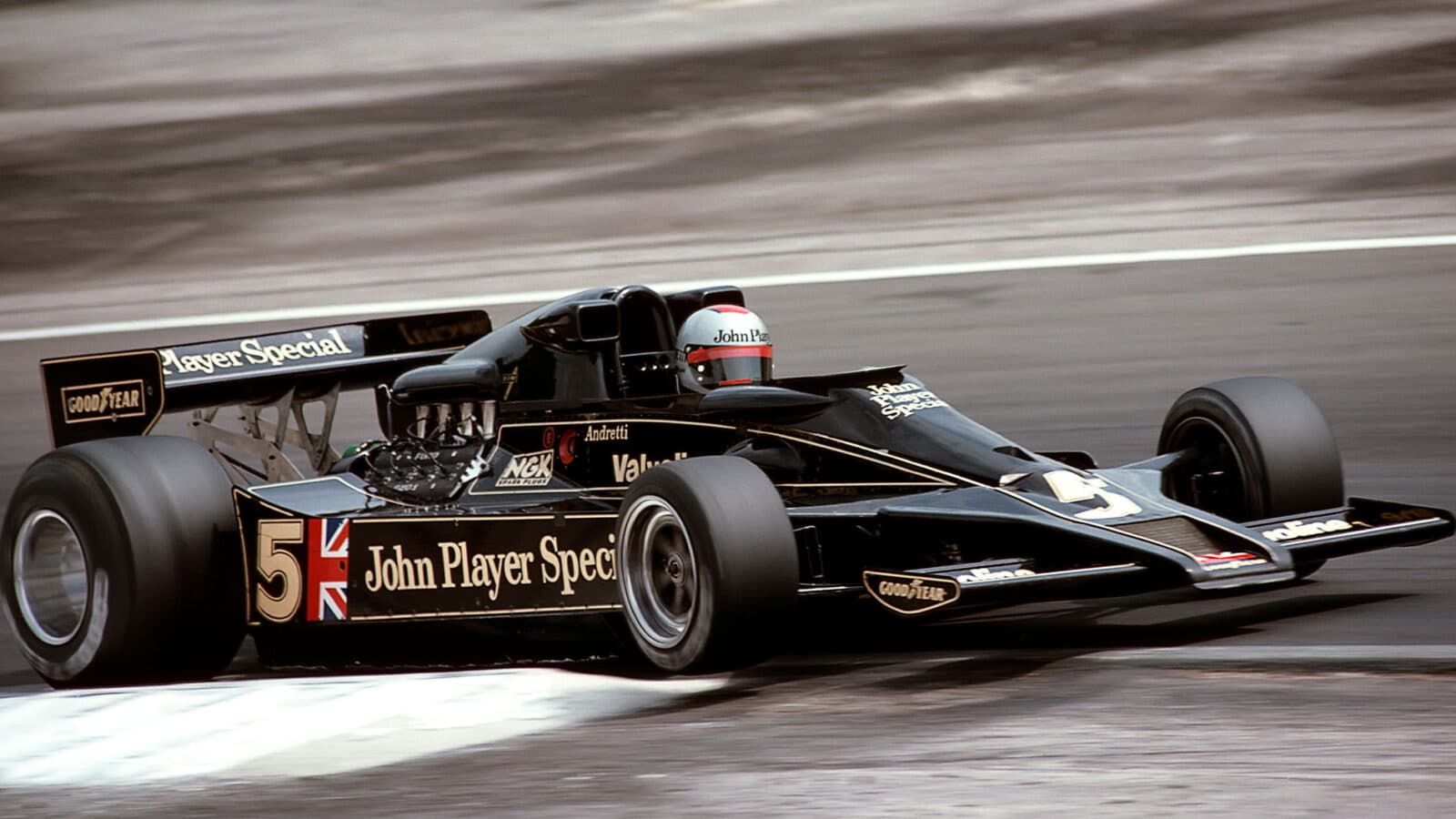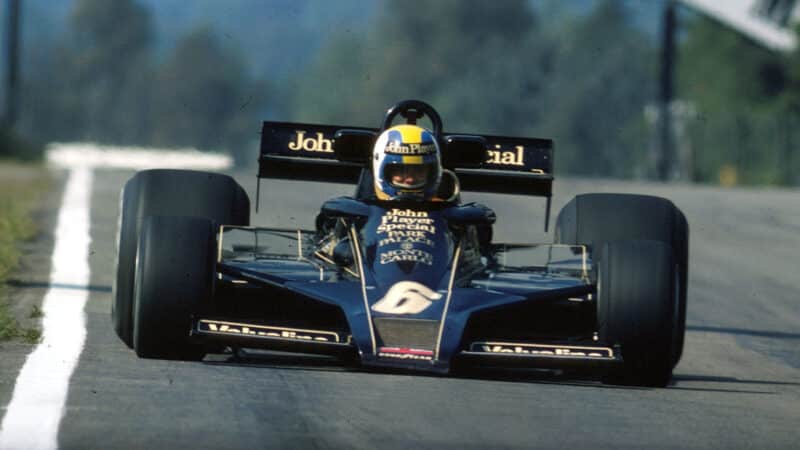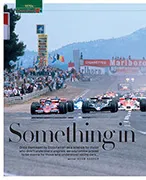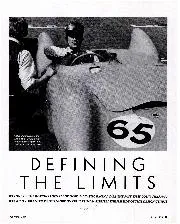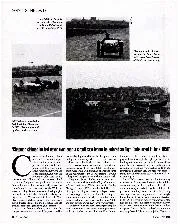“Peter and I returned to Imperial on the following Monday and concentrated our efforts on trying inverted wing sections ahead of the rear wheels. Peter ran the tunnel and collected the data, while I made changes to the model – which was just a block of wood down the middle, representing the monocoque, with bits screwed on the side. When we started to get inconsistent results Peter suggested that this might be because the wing sections were being screwed on at slightly varying heights each time. So we put a piece of cardboard on the end of the wing to close off the gap to the belt, to allow us to set the height more consistently. When we ran that, the downforce figures just went off the scale. We realised then that what we had to do was seal off the gap between the wing edge and the road. On the 78 we initially used brushes, which provided only a partial seal but allowed the car to run over kerbs. Later Peter developed the more effective sliding skirt system.
“When we’d finished the testing, Colin asked me whether I wanted to build a car along these lines. I said yes, and to his credit he said OK, let’s do it. We could have run the 78 in late 1976 but one reason we didn’t was that we all thought as soon as other designers saw it, they’d understand it straight away and copy it. But in 1977 the team was actually able to con people that the improved performance came from a clever differential. There was a campaign of disinformation and it was amazingly successful. Even when new cars appeared for 1978 it was clear that many other designers hadn’t an inkling what the 78 was about.”
Structure

The successful ground effect machine started a sea change in F1 car design
Grand Prix Photo
“Because the technical regulations limited the size of each fuel tank, you needed three tanks to get through a race. So the 78’s chassis comprised a central section with seat tank, plus two side tanks on either side of the seat tank. The side panels of the monocoque were all of aluminium honeycomb sandwich material, so all told the tub was quite stiff. All that was inherited from the 77 was the rear suspension.
“I’m convinced that for the 1978 season, rather than introducing the 79, Team Lotus should have stuck with the 78 and put the 79’s rear end on it. That would have been a better car than the 79 because the 78 was a lot stiffer and stronger as a result of its full-width chassis. Colin had got the rules changed to allow one big fuel tank, which meant that the 79 could have a thin central monocoque with composite wings hung on either side. It was lighter but not stiff enough.”
Exiled
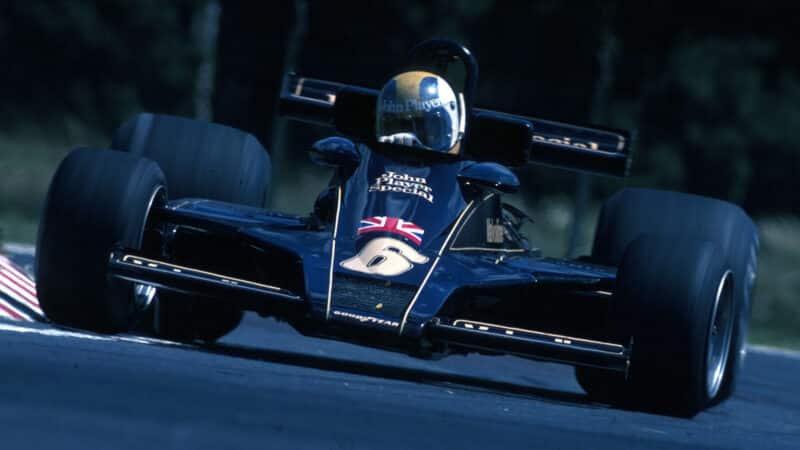
Airflow harnessed beneath the car proved to be a powerful performance advantage – but could the car have won F1 titles?
“The launch of the 78 was deliberately low-key. Previous JPS launches had been spectacular affairs in London but the 78 launch took place in Norfolk a few days before Christmas when most people were more interested in other things. Peter Windsor came up and we had a chat about the car.
